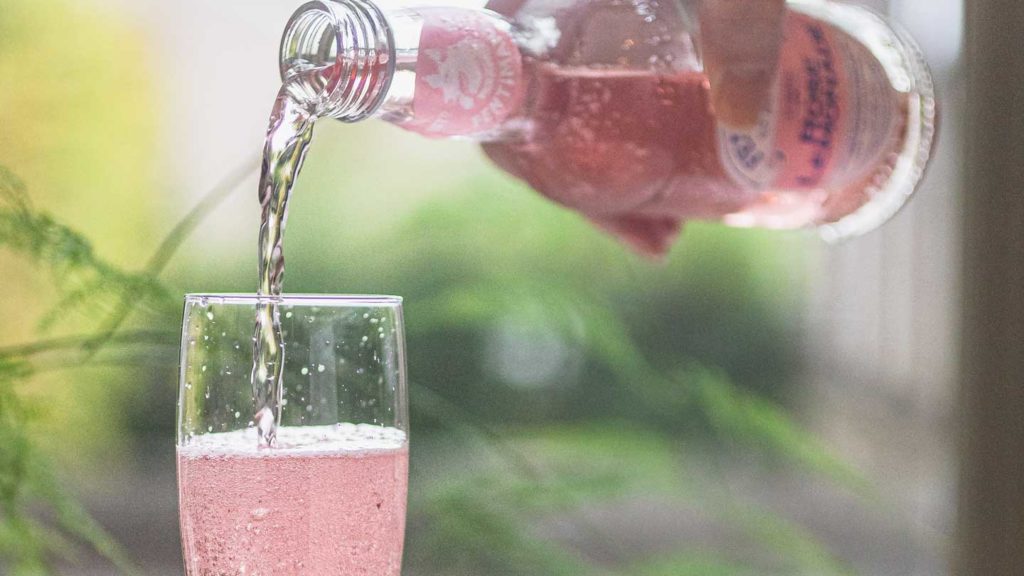We still have some time until summer wines, and we’re going to pay homage to our favorite summer sipper. Sit back, pour yourself a glass of pink, and let us tell you a story about our good buddy, rosé.
This renowned wine is a conversation starter since it is cheeky, celebratory, and a little elusive. Therefore, before you look for engraved liquor bottles, let’s know about pink wine.
What Exactly Is Rosé Wine?
When you’re curious about rosé wine, you’re not alone. We have all put a bottle up to the light, titled our heads, and wondered aloud, “why is rosé pink?” Maybe the query was more existential: “What exactly is rosé?” This might be tough to define because there are so many different versions.
Our famous pink wine is available in various styles, levels, quality, and color variants. Some of these are darker in color, while others are more delicate. Some have produced entirely black grape types, while others combine grapes. You can also search for the bottle engraving service for engraving your pink wine bottle.
How Has Rosé Produced?
Let’s start with the wine’s signature pink hue. Pink wine has made in a variety of techniques. Each of them results in different taste profiles, pigmentation, and tasting sensations. Remember that grape peels provide most of the taste and color in all wines.
Yes, red wine is only ‘red’ because it has aged in skins! The longer time the grapes spend interacting with the skins, the richer the taste profile and color of the rosé.
Direct Pressing
Directly pressed is a winemaking process yields delicate rosé wine with a light body and pale hue. By pressing the black grapes, the juice has extracted, and the skins have immediately removed.
This juice has then brewed in the same way as white wine is. The less contact with the grape peels, the better this pale pink rosé.
Short Maceration
Short maceration is the second technique. These grapes are crushed in this procedure and then sit in the skins for a brief time (called maceration time) before being pressed.
Consider this to be the pressing process with a bit extra exposure to the pigmented skins of the grapes. As you could expect, these rosés have a bit more taste and color. But it all depends on the maceration period.
Blending
Finally, mixing is a standard method for making rosé. Do you believe someone if they told you it was feasible to combine white wine and red wine to make rosé? We guarantee not to punch you. Blending is another convenient approach for combining red and white wine.
This approach is common in New World “blush” wines. As a hint, use the phrase” ‘blush'” in the context. When you notice that the wine you’re holding was most likely created through mixing on the label.
What Exactly Is Sparkling Rose?
You have already mastered the fundamentals of bubbly. So how does this translate? Sparkling rosé may make in two ways: brief maceration or combining with white grapes. Sparkling rosé may be extremely dry and acidic or rich, fruity, and sweet.
Brut Rosé Champagne, for example, is exceedingly dry, while select Italian sparkling rosés and the slightly bubbly Mateaus rosé of Portugal are on the fruity sweetness.

